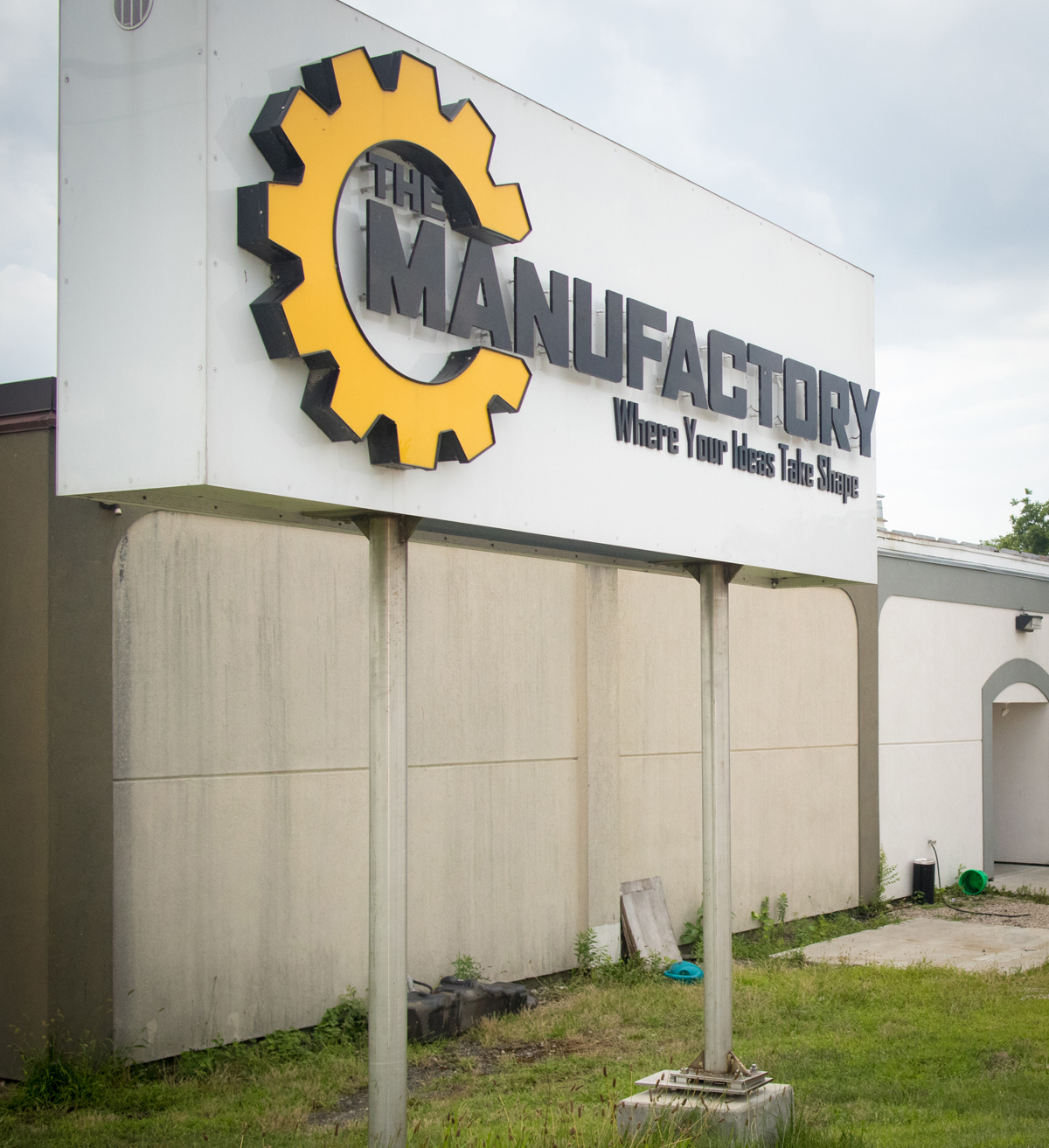We all say it – Wow! – but you’ve surely noticed that your wows are less frequent since you’ve achieved grownup ranking and a more jaundiced view of the world. Like, as a kid, you may have delivered copious “Wows!” on Disneyland Resort’s Main Street, but as an adult such “wows” tend to flag. Grownups are more aware of the smoke and mirrors; they also wrestle with high admission fees and five-dollar Pepsi’s. It’s the same with other goings-on. Say, as a teen, watching a AA Fueler break six seconds might rank a top-drawer “Wow!”, but as we season, our wows require more extraordinariness. The first time to drag a Ninja foot peg on California’s Pacific Coast Highway, for example; or piloting of a ’54 Vette (anywhere), or, sure, observing Penelope Cruz playing María in Woody Allen’s Vicky Cristina Barcelona movie. Still, have you noticed that your wows have lost emphasis? That instead of the voluminous roar – “Wow!” – yours have lately become more of a woof than a bark? Is it because everything spectacular has become ordinary – or that much, but not all, of what the world lauds as spectacular really isn’t?
Nonetheless, last week, I said it, wow, with enthusiasm. Like, “Wow!”
It’s because I walked into the Manufactory, a “makerspace” located in northern Cincinnati. If you read my June ISA Sign Expo 2017 review (see ST, June 2017, page 52), where I quoted an industry manufacturing executive who said, “The sign industry is changing from a creative field to a manufacturing field” (and that signmakers need to acknowledge and act on the ongoing changes in their profession and gear up for those changes), you have the subplot. Thusly informed, I asked ST columnists Chris and Kathi Morrison about the executive’s statement. We deliberated the idea, which led Chris to explore a “maker society” context and even more ideas. This conversation led me to the Manufactory’s front door.
The place is huge. Its 17,000 square feet are packed with machines that you, on becoming a member, can use for metalworking (CNC milling, lathes, drill presses), woodwork (CNC router, table saws, planer, jointer, lathes, band saws), fabrication (shears, brakes, benders), welding (CNC plasma, MIG, TIG, gas, stick), grinding (grinders, buffers, sharpeners), finishing (paint, powder coating), textiles (sewing machines), plastics (vacuum former) and electronics (lab gear). In addition, it features a library, computer room (AutoCAD), classroom (for how-to-use-the-machines lessons), a workbench area and multipurpose spaces. The company ads say you can build anything you can dream. It also says the place “is a community of people just like you,” which is true if you’ve read this far.

Similar makerspaces exist nationwide. They’re sometimes labeled as hackerspaces, hackspaces, fablabs, DIY spaces, urban workshops, urban manufacturing and anything else you might find on Google. (Also scan Make magazine and web-based meetup sites for events.) On a lesser scale, many libraries provide maker sites with design software and such tabletop machines as digital and 3D printers.
Advertisement
Maker Faires – tradeshows events of a type – take place worldwide, but the major US venues are Chicago, New York and San Francisco. Sponsors include Mimaki, Intel, Avnet, Google, Microsoft, IBM and several dozen others. The February 2017 Makers Conference, held in Rancho Palos Verdes, CA, included AOL, AT&T, Facebook, Getty Images, Goldman Sachs, Google, Time Warner, Twitter, Unilever, Verizon, Visa and Yahoo.
The online educational directory OEDB.org says there were more than 135 million adult makers in 2015 and that the idea of a communal creative space is increasingly popular and “shows no sign of slowing down.” Wired magazine, reporting on the 2014 Maker Faire, said more than 85,000 makers and fans attended and that 530,000 people had collectively attended local maker events the previous year.
Wired said four themes were constant for maker success: Be open, i.e., share sources, ideas and experiments with friends and associates; accept imperfection, that is, be more interested in learning than perfection; love the process, which focuses on trusting the practice more than the outcome; and build community, which is saying a maker should meet others, teach, learn, share and talk openly with consumers.
Finally, three makerspace advantages exist for signmakers: A maker-space can be an alternative, special-projects workshop for a signshop; a makerspace can become a training ground for people who want to expand their machine skills; and a makerspace is also a target for signshop owners to seek out when hunting skilled employees.


 Tip Sheet1 week ago
Tip Sheet1 week ago
 Ask Signs of the Times2 days ago
Ask Signs of the Times2 days ago
 Real Deal1 week ago
Real Deal1 week ago
 Benchmarks5 days ago
Benchmarks5 days ago
 Editor's Note2 weeks ago
Editor's Note2 weeks ago
 Women in Signs1 week ago
Women in Signs1 week ago
 Product Buying + Technology2 weeks ago
Product Buying + Technology2 weeks ago
 Photo Gallery7 days ago
Photo Gallery7 days ago















